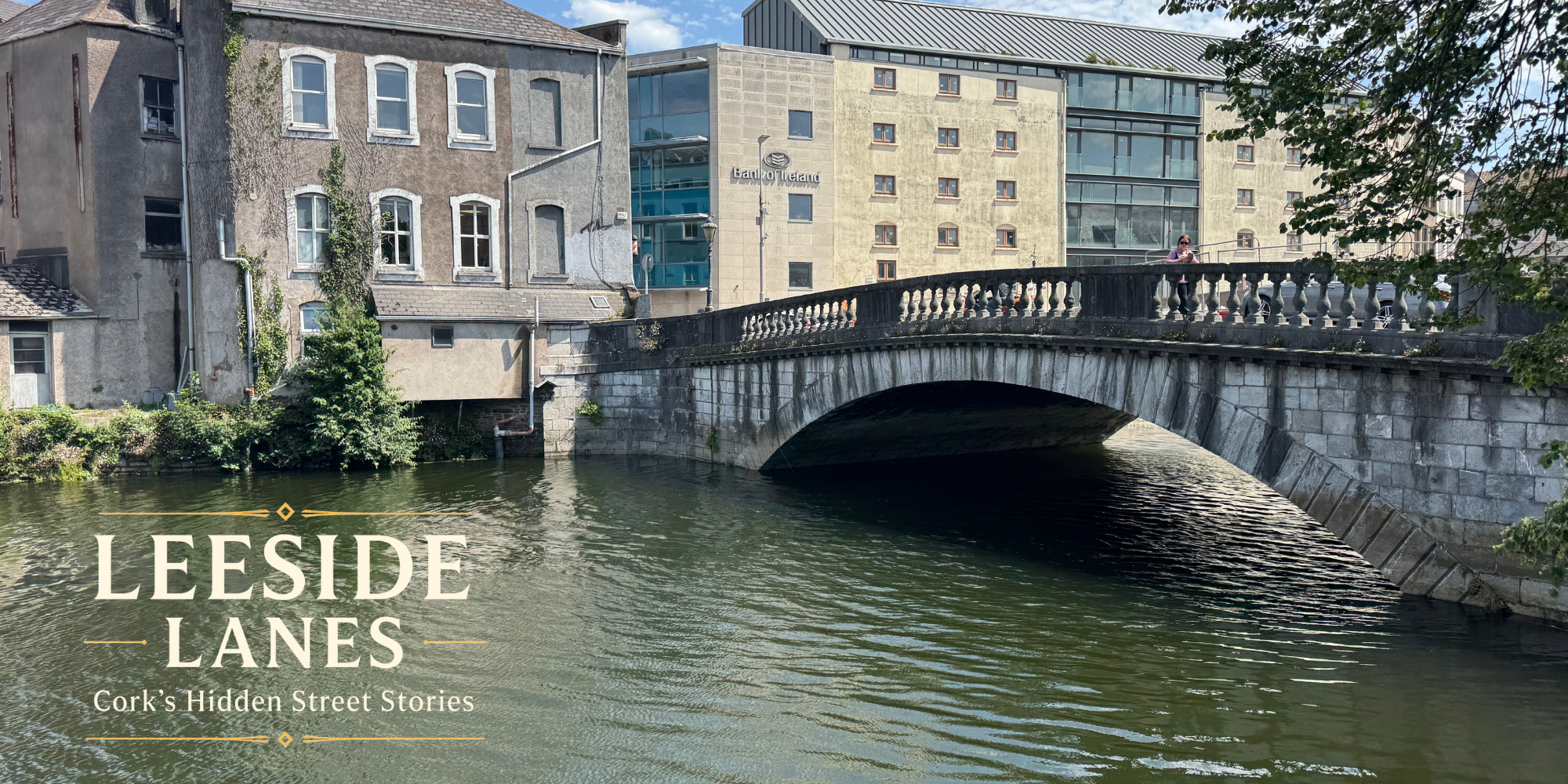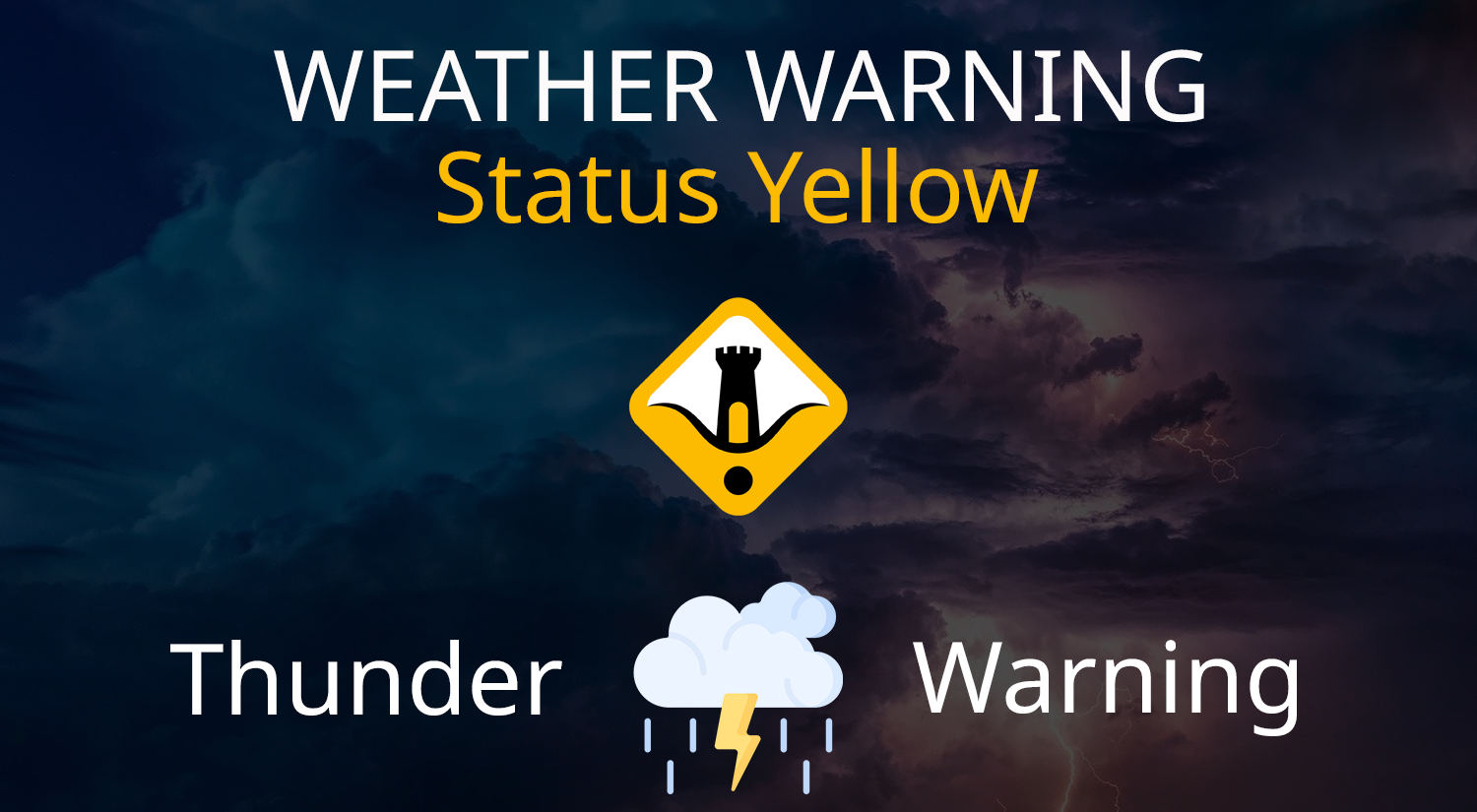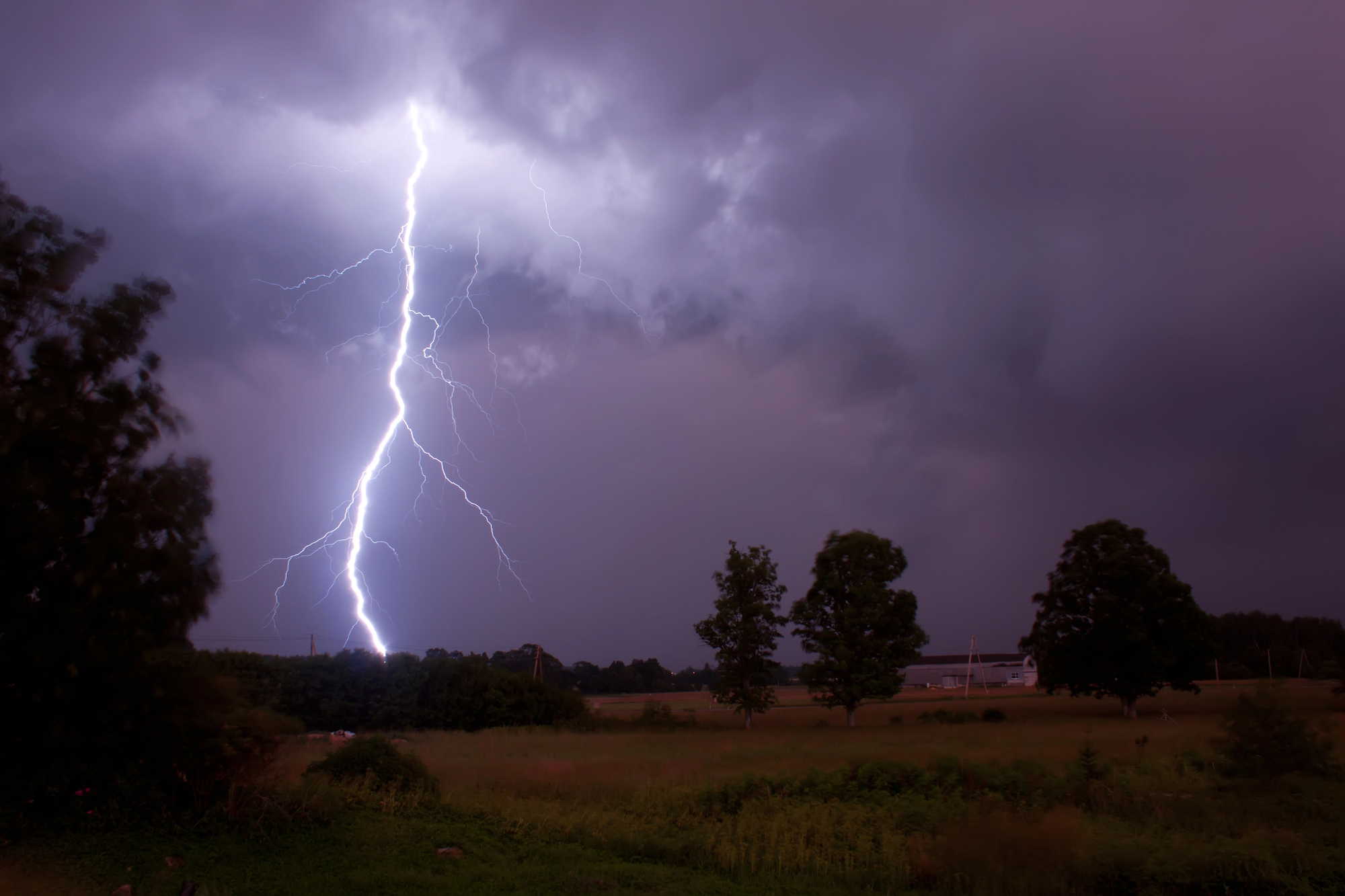Leeside Lanes: Parliament Bridge and Father Mathew Quay, A Story of Floods, Faith, and Broadcasting
This story explores two of Cork's most significant landmarks, Parliament Bridge and Father Mathew Quay, detailing their journey from 18th-century necessity and industrial ambition to their current roles as vital city arteries and centres of heritage and media.

Spanning the River Lee's south channel, Parliament Bridge and Father Mathew Quay serve as enduring monuments to Cork's history, chronicling tales of engineering resilience, profound social change, and modern renewal. Together, they connect not just two parts of the city, but also its ambitious past with its dynamic present.
A Bridge Forged in Flood
The story of Parliament Bridge is a testament to perseverance. Before the current structure, early attempts to bridge this crucial crossing point were fraught with difficulty. The first timber bridge, erected in the 1760s, quickly fell into disrepair and its collapse tragically led to the death of a local man. A subsequent, more robust bridge was then severely damaged by a major flood in 1804, necessitating a permanent solution.
The elegant, single-arch limestone bridge standing today was completed in 1806, designed by the respected architect William Hargrave. Its design, featuring a 65-foot 6-inch span, was a significant engineering feat intended to withstand the river's powerful currents. The name "Parliament Bridge" commemorates the 1800 Acts of Union, symbolically linking Cork's development to the new political union with Great Britain.
More than two centuries later, the bridge remains a vital part of Cork's infrastructure. It underwent major repairs in 1992 and more recently, extensive restoration work was completed by August 2025 following a vehicle collision in May 2024. This incident saw a 15-foot section of the historic parapet fall into the river, with the original stones painstakingly recovered and reused in the repairs.

From Charlotte Quay to a Crusader's Legacy
At the southern end of the bridge lies Father Mathew Quay, a place with a deeply layered history. Originally reclaimed marshland known as Morrison's Island, the area was developed in the 18th century and by 1800 was known as Charlotte Quay, likely named for the consort of King George III. It became an important commercial hub, home to merchants, coopers, and the significant provision firm J. H. Gamble & Co., which was later acquired by Crosse & Blackwell.
The quay’s name was later changed to honour Father Theobald Mathew (1790-1856), a Capuchin friar and one of the most influential Irish figures of the 19th century. Arriving in Cork in 1814, he dedicated his life to the poor, establishing schools, founding the Josephian Society, and providing relief during the 1832 cholera epidemic and the Great Famine. However, he is best remembered for the temperance movement he founded on 10 April 1838. His crusade was incredibly successful; by 1845 an estimated three million people in Ireland had taken the pledge.
The most prominent landmark on the quay is the Holy Trinity Church, or the Father Mathew Memorial Church. Father Mathew commissioned the Gothic Revival building, designed by George Richard Pain, with the foundation stone laid in 1832. Construction was fraught with problems, including spiralling costs and the onset of the Great Famine. Father Mathew famously refused to use funds from his temperance movement for the church, prioritising aid for the poor. The church finally opened in 1850 but was only fully completed in 1890, long after his death in 1856.
A Quay of Contrasts
Today, Father Mathew Quay presents a study in contrasts. It is home to the Cork studios of Ireland's national broadcaster, RTÉ, which produces shows like 'Nationwide' and 'The Today Show'. The studios are located in the former Gas Company building, a distinctive Art Deco structure. The quay also hosts a mix of professional services firms, including accountants, architects, and the Fórsa trade union.
This modern activity exists alongside significant architectural heritage, some of which is neglected. A massive six-storey corn store, built around 1850 and the largest of its kind left in the city, stands vacant and boarded up, a poignant symbol of the challenges in repurposing large heritage buildings. The area is now the focus of the Morrison's Island Public Realm and Flood Defence Scheme, which aims to revitalise the waterfront with a new promenade and protect the city centre from flooding.
As Lord Mayor of Cork, Cllr. Kieran McCarthy, once noted:
"The construction of the bridge coincided with the expansion and overall redesign of the city."
This sentiment remains true today, as the area continues to evolve, balancing its rich history with the demands of a modern city.
From engineering marvels to centres of faith and media, Parliament Bridge and Father Mathew Quay encapsulate the resilient spirit of Cork.


